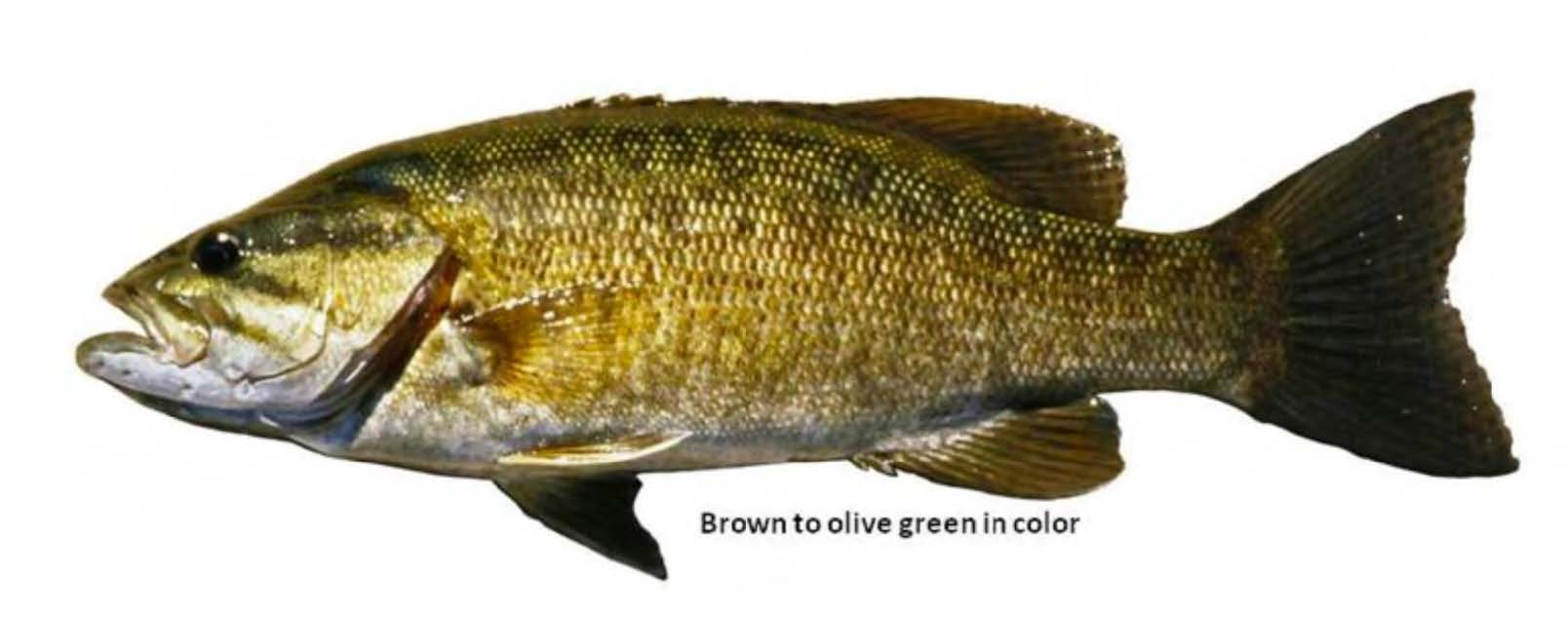Habits and Habitat
Smallmouth bass prefer cool streams as well as clear, cool reservoirs and lakes with rock or gravel bottoms. In Mississippi, smallmouth bass are only found in the Tennessee River and Bear Creek systems, especially Pickwick Lake. The diet of smallmouth bass changes as they grow, changing from plankton, small aquatic insects, and small crustaceans to larger aquatic and terrestrial insects, crayfish, and small fish. Spawning occurs during the spring (April – May) with water temperatures around 60ºF to 78ºF. Smallmouth bass construct nests in gravel and also under tree roots and stumps. Males can spawn with different females, and
males guard the nests after spawning and immediately after hatching occurs.

